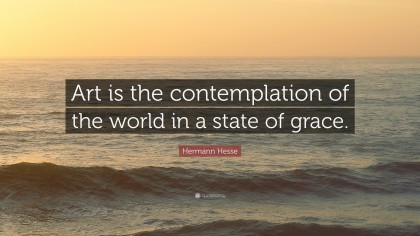Fall Harvest Moon

A couple of weeks ago I went in for cataract and glaucoma exams. Then, Wednesday, my hearing aid stopped working. I’ve also been a little short of breath, not unusual up here at 8,800 feet and my oxygen saturation is ok. The good news is that neither my cataracts nor my glaucoma have worsened and my hearing aid got unblocked by the folks at Hearing Rehab. And the shortness of breath does seem to be a response to altitude and not a failing heart.
These are what I call mortality signals. None of them, in themselves, are fatal; but, like my sudden hearing loss at 38 in my left ear, they are blinking yellow lights, caution, fatal error ahead. Birth is a mortality signal, too, of course.
Instead of pushing these signals into the background of my mind I like to embrace them, take the hint of life’s progress towards its entropic end. Nope, not gloomy or depressive, in fact, the opposite. Energizing, gratitude producing. I’m still here and functioning. Happy to have awakened this morning, happy to have a day ahead with Kate and the dogs, happy to have my loft, happy to be in the mountains. Joyful, even.
There’s a message about prayer here though I’m not clear yet on what it is. In response to Rabbi Jamie’s focus on prayer for the High Holy Days, I’m trying to reimagine prayer from a spot outside the Jewish tradition, reconstruct the concept of prayer without the Talmud, the Torah, the long history of Jewish prayer books.

Here’s where I am so far. Prayer is, at its most basic, communication. Important communication, significant to the prayer on the most critical matters in the life of the spirit. Prayer is also, at its most basic, the creation and sustaining of a relationship.
There are many sorts of prayer: supplication, petition, praise, anguished, thankful, angry, loving, contemplative, meditative, even constant. There are also communal and intercessory prayers, prayers of commitment and prayers of repentance.
So the question is prayer from whom to whom? Or, from whom to what? What is the relationship that prayer nurtures, why do I want to sustain it? Why is that relationship important? How is prayer different from other forms of communication, of other ways of creating and sustaining relationships? Or, is it different?
A work in progress.
